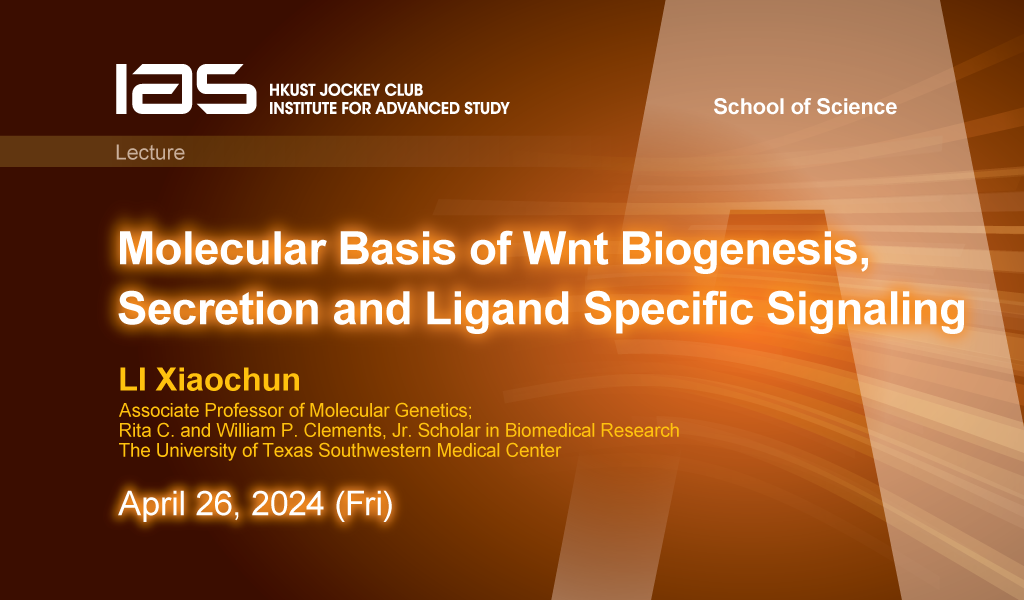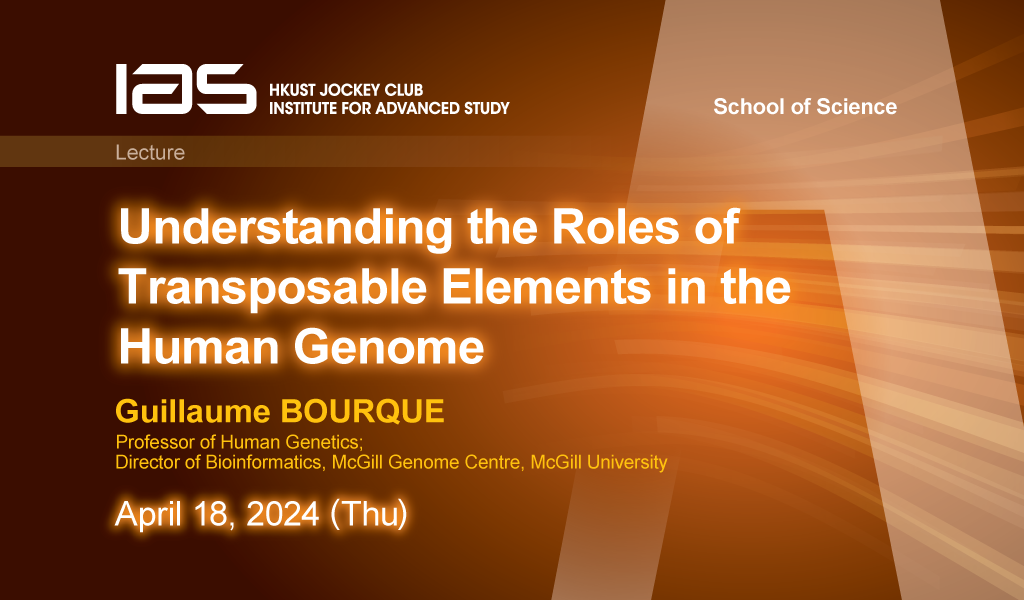Our understanding of GAN (generative adversarial net) training is still very limited since it is a non-convex-non-concave min-max optimization. As a result, most recent studies focused on local analysis. In this talk, we discuss how to perform a global analysis of GANs. We prove that the original JS-GAN has exponentially many bad strict local minima which are perceived as mode-collapse. We show that a 2-line modification to JS-GAN called relativistic standard GAN (RS-GAN) eliminates all bad basins. We extend the two results to a large class of losses as well: for separable GANs (including JS-GAN, hinge-GAN, LS-GAN) exponentially many bad basins exist, while for R-GANs no bad basins exist. The effectiveness of R-GANs were verified by a few empirical works before (e.g. ESR-GAN in super resolution). Based on theory, we predict that R-GANs has a bigger advantage for narrower neural nets, and our experiments verify that R-GANs (e.g. RS-GAN) can beat their separable counter-parts (e.g. JS-GAN) by 5-10 FID scores in narrower nets. Our theory also implies that the advantage is larger for higher-dimensional images; we show that for high-resolution images like LSUN, while JS-GAN only generates noise, RS-GAN can generate quite good images.
8月21日
10:30am - 11:30am

地點
https://hkust.zoom.us/j/5616960008
講者/表演者
Prof. Ruoyu Sun
University of Illinois at Urbana-Champaign
University of Illinois at Urbana-Champaign
主辦單位
Department of Mathematics
聯絡方法
mathseminar@ust.hk
付款詳情
對象
Alumni, Faculty and Staff, PG Students, UG Students
語言
英語
其他活動

4月26日
研討會, 演講, 講座
IAS / School of Science Joint Lecture - Molecular Basis of Wnt Biogenesis, Secretion and Ligand Specific Signaling
Abstract
Wnt signaling is essential to regulate embryonic development and adult tissue homeostasis. Aberrant Wnt signaling is associated with cancers. The ER-resident membrane-bound O-acyltransfera...

4月18日
研討會, 演講, 講座
IAS / School of Science Joint Lecture - Understanding the Roles of Transposable Elements in the Human Genome
Abstract
Transposable elements (TEs) have expanded the binding repertoire of many transcription factors and, through this process, have been co-opted in different transcriptional networks. In this ...

